A series of Asian stock indexes plummeted, while the US dollar strengthened sharply before Mr. Trump's latest decision to impose tariffs.
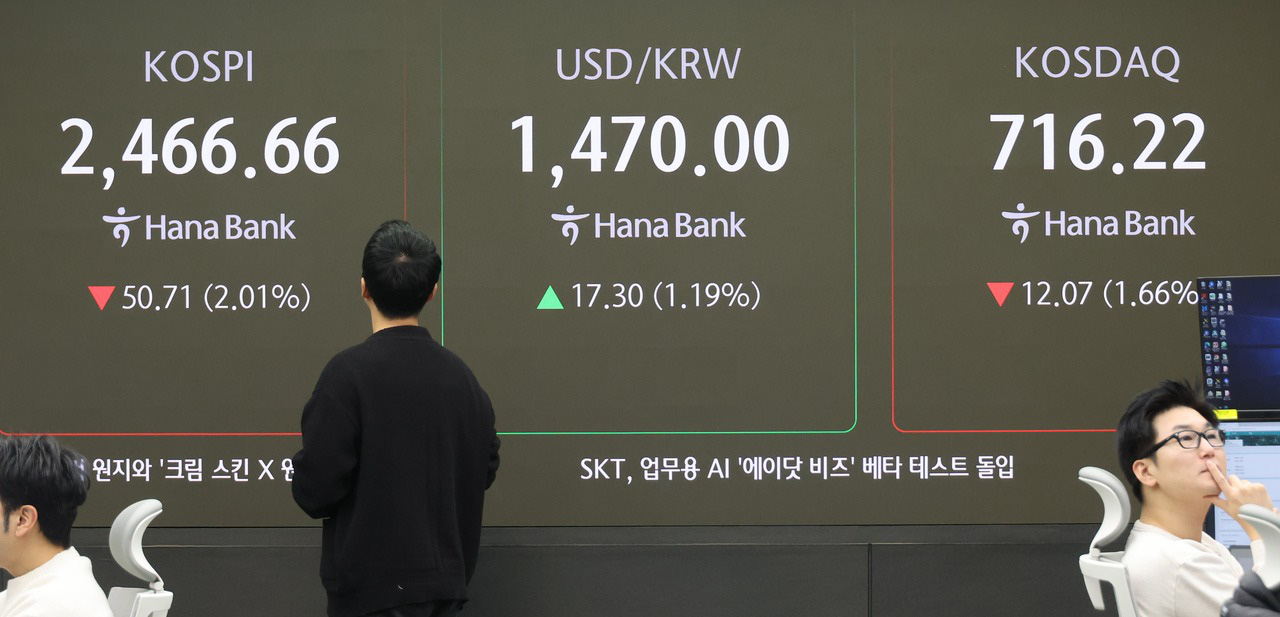
South Korea's Kopsi stock index fell sharply in the morning session on February 3, while the exchange rate between the USD and the won also increased - Photo: YONHAP
According to the Financial Times , US President Donald Trump's decision to impose tariffs on imported goods from Canada, Mexico and China caused global markets to fluctuate on February 3.
The stock market is on fire
Previously on February 1, Mr. Trump signed an executive order imposing tariffs of up to 25% on all imports from Mexico and most goods from Canada, as well as 10% on Chinese goods imported into the US.
In the first trading session after the above move, which was also the first session after the Lunar New Year holiday, a series of Asian stock indexes plummeted.
As of 11:30 (Vietnam time), in Hong Kong, the Hang Seng index fell 0.74%. South Korea's Kospi index fell further, exceeding the 3% mark.
The red spread to the Japanese market as the Nikkei 225 index fell 2.83% and the Topix index fell 2.44%. The S&P/ASX 200 index in Australia fell less, at 1.92%.
Markets in China - the only Asian country named in Mr Trump's latest tariff policy - will not open until February 5.
Not only Asia, red also flooded the US stock market. S&P 500 index futures fell 1.7%, while the Nasdaq 100 technology stock index also fell 2.3%.
In Europe, Euro Stoxx 50 index futures also fell 2.6% at one point.
The US dollar increased sharply in value.
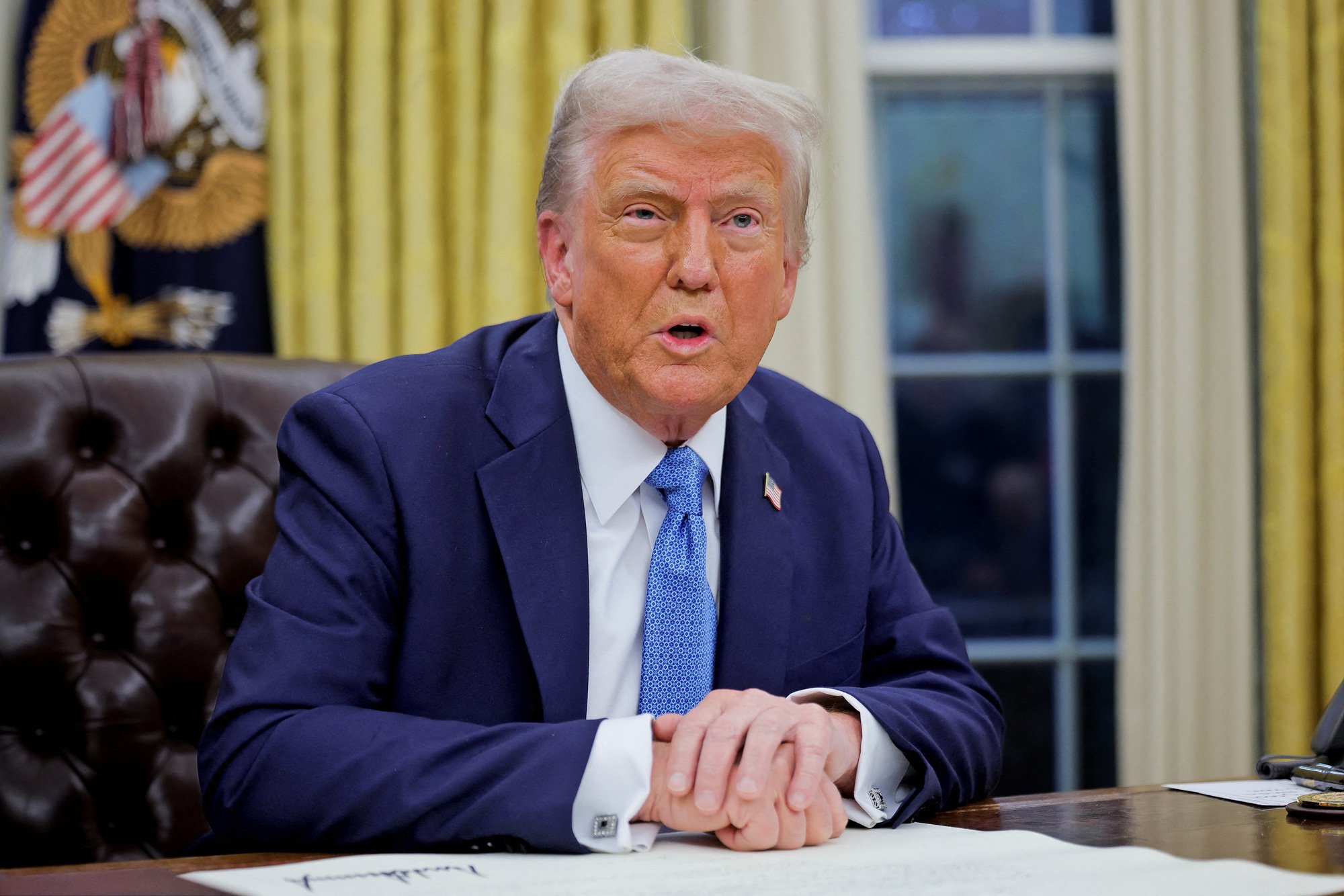
US President Donald Trump signs an executive order in the Oval Office, White House, Washington DC, on January 31 - Photo: REUTERS
While the stock market fell, the exchange rate of the USD against many other currencies increased sharply due to the impact of Mr. Trump's tariff policy.
On the morning of February 3, the value of the Chinese yuan decreased by 0.7% against the USD, to 1 USD for 7.37 CNY. The Mexican peso also decreased by more than 2%, to 21.15 pesos for 1 USD. Although Europe has not officially been imposed with new tariffs, the euro also decreased by 1% against the USD.
Notably, the value of the Canadian dollar fell to 1 USD for 1.473 Canadian dollars on the morning of February 3. This is the lowest level of this currency since 2003.
Oil prices also rose slightly. Brent crude rose 0.6% to $76.13 a barrel in early Asian trading.
"The market had been optimistic that the tariff threats were just for negotiating purposes, but the market has underestimated the Trump administration's resolve," said Jason Lui, head of equity and derivatives strategy for Asia- Pacific at multinational bank BNP Paribas.
Meanwhile, Ms. Gabriela Siller, chief economist at Banco Base Financial Group in Mexico, assessed: "If the tariffs are maintained for several months, the exchange rate will reach a new record. If they remain in place, the tariffs will bring about a structural change in Mexico. The country could fall into recession and it will take years to recover."
Source: https://tuoitre.vn/thi-truong-toan-cau-do-lua-truoc-bao-thue-quan-cua-ong-trump-20250203122418726.htm








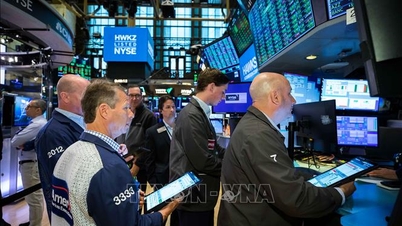

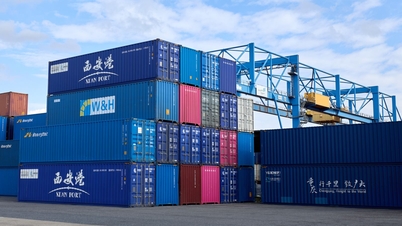
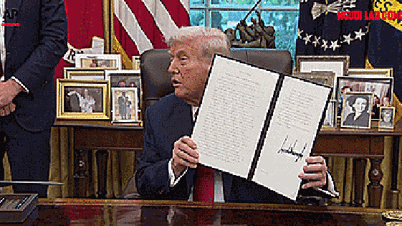



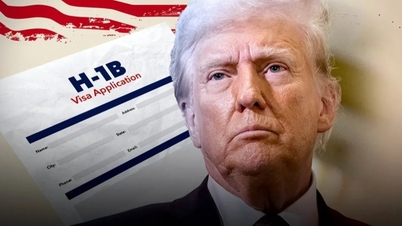




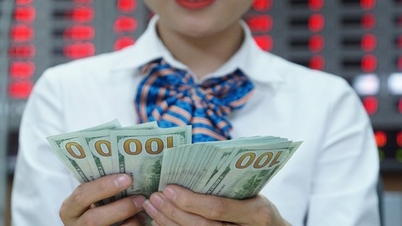












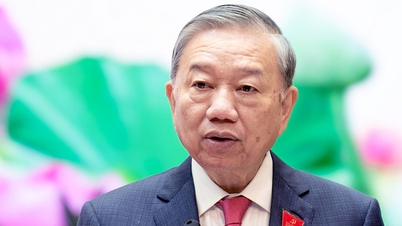





































































Comment (0)